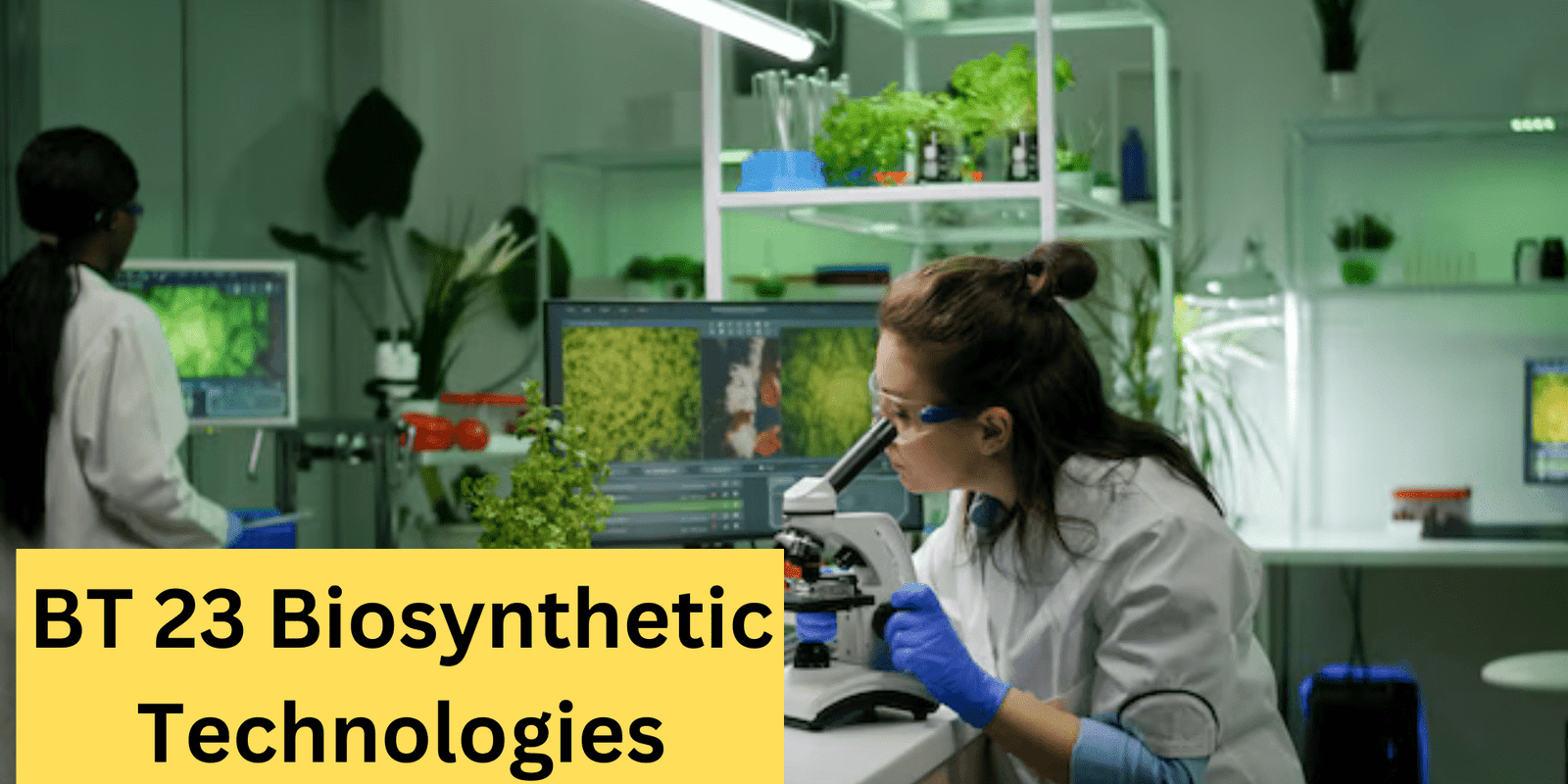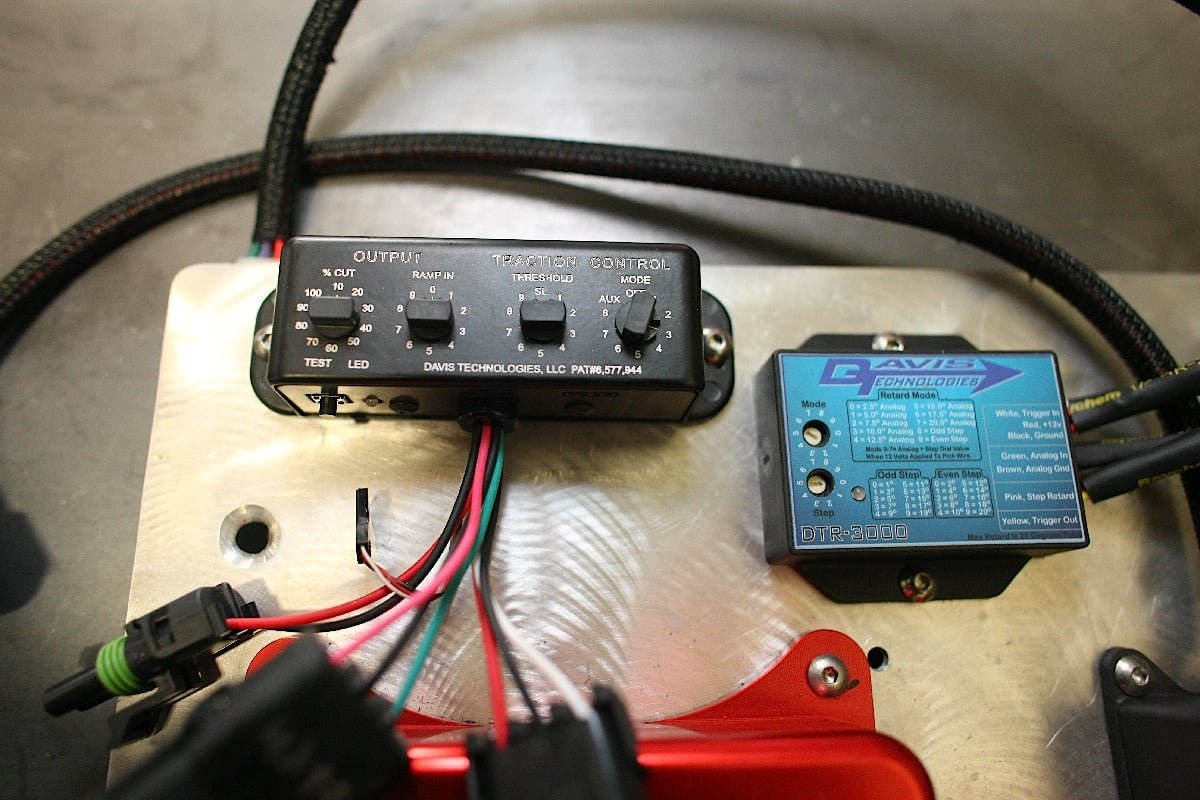The climb of viable and creative plans in development has prepared for biosynthetic types of progress, as BT 23 Biosynthetic Technologies. This best in class approach joins science and development to make eco-obliging different choices, supporting endeavors in reducing their carbon impression and reliance on non-maintainable resources.
This article explores BT 23 Biosynthetic Headways, their applications, benefits, and the means related with their execution.
What is BT 23 Biosynthetic Technologies?
BT 23 Biosynthetic Technologies alludes to a progression of cutting edge philosophies and frameworks intended to bridle organic cycles for making manufactured materials. These advancements use:
- Microbial designing: Hereditarily adjusted organisms that produce wanted materials.
- Enzymatic pathways: Streamlined organic impetuses to blend compounds.
- Biopolymers: Options in contrast to petrol based plastics and materials.
These frameworks center around lessening ecological effect while further developing proficiency and item quality.
Applications of BT 23 Biosynthetic Technologies
Pharmaceuticals
- Creation of medications utilizing biosynthetic pathways, lessening dependence on complex compound cycles.
- Advancement of customized medication through custom-made biosynthetic techniques.
Agriculture
- Eco-accommodating pesticides and manures.
- Improved crop yields utilizing biosynthetic supplements.
Cosmetics
- Biosynthetically inferred elements for skincare and haircare items.
- Maintainable options in contrast to customary corrective mixtures.
Energy
- Formation of biofuels and bioplastics as reasonable power sources.
- Decline in dependence on oil based commodities.
Industrial Manufacturing
- Making of manageable materials and bundling materials.
- Supplanting of perilous synthetic compounds with biosynthetic other options.
Benefits of BT 23 Biosynthetic Technologies
| Benefits | Details |
|---|---|
| Eco-Friendly | Reduces greenhouse gas emissions and pollution. |
| Sustainability | Utilizes renewable resources for production. |
| Cost-Effective | Long-term savings by minimizing resource dependency. |
| Innovative Products | Enables creation of unique and improved materials. |
| Adaptability | Applicable across diverse industries and sectors. |
Steps to Implement BT 23 Biosynthetic Technologies
Step 1: Research and Development
- Recognize the particular biosynthetic cycle expected for the ideal item.
- Put resources into hereditary designing and microbial advancement.
Step 2: Pilot Testing
- Foster limited scope models to test the possibility and effectiveness.
- Dissect ecological and financial effect.
Step 3: Scaling Up
- Change from pilot testing to full-scale creation.
- Guarantee consistence with industry guidelines and principles.
Step 4: Market Integration
- Bring biosynthetic items into the market with appropriate marking.
- Feature eco-accommodating and maintainable angles to draw in shoppers.
Challenges in Adopting BT 23 Biosynthetic Technologies
In spite of its various advantages, there are difficulties:
- High Starting Speculation: Huge Research and development expenses can deflect limited scope ventures.
- Specialized Mastery: Requires gifted experts to create and execute biosynthetic arrangements.
- Administrative Obstacles: Severe consistence principles can dial back reception.
- Market Obstruction: Shopper mindfulness and acknowledgment may be restricted at first.
Comparisons: Traditional vs. Biosynthetic Technologies
| Aspect | Traditional Technologies | Biosynthetic Technologies |
| Environmental Impact | High due to emissions and waste. | Minimal with sustainable practices. |
| Cost | Cheaper upfront, expensive long-term. | Higher initial cost, cost-effective later. |
| Resource Dependency | Relies on non-renewable sources. | Utilizes renewable and biological sources. |
| Innovation | Limited to existing chemical methods. | Promotes new and innovative materials. |
FAQs
What ventures benefit the most from BT 23 Biosynthetic Advancements?
Businesses like drugs, horticulture, beauty care products, energy, and assembling gain critical benefits because of manageable and creative arrangements.
Are biosynthetic advancements practical over the long haul?
Indeed, while the underlying venture might be high, decreased asset reliance and productivity lead to long haul reserve funds.
How do biosynthetic innovations add to maintainability?
By utilizing inexhaustible assets and decreasing ecological effect, these innovations advance a roundabout economy.
What are the critical difficulties in taking on biosynthetic advancements?
Challenges incorporate high starting speculation, need for specialized skill, administrative obstacles, and market opposition.
Is BT 23 Biosynthetic Technologies safe for the environment?
Indeed, these advances are intended to limit contamination and use eco-accommodating cycles.
Conclusion
BT 23 Biosynthetic Innovations address an extraordinary way to deal with economical turn of events. By utilizing natural cycles, they offer eco-accommodating, creative arrangements across different enterprises. Notwithstanding challenges, their drawn out benefits for the climate and economy make them a basic concentration for future progressions.
Enterprises and partners should team up to conquer impediments and embrace these innovations, guaranteeing a greener, more feasible future.




